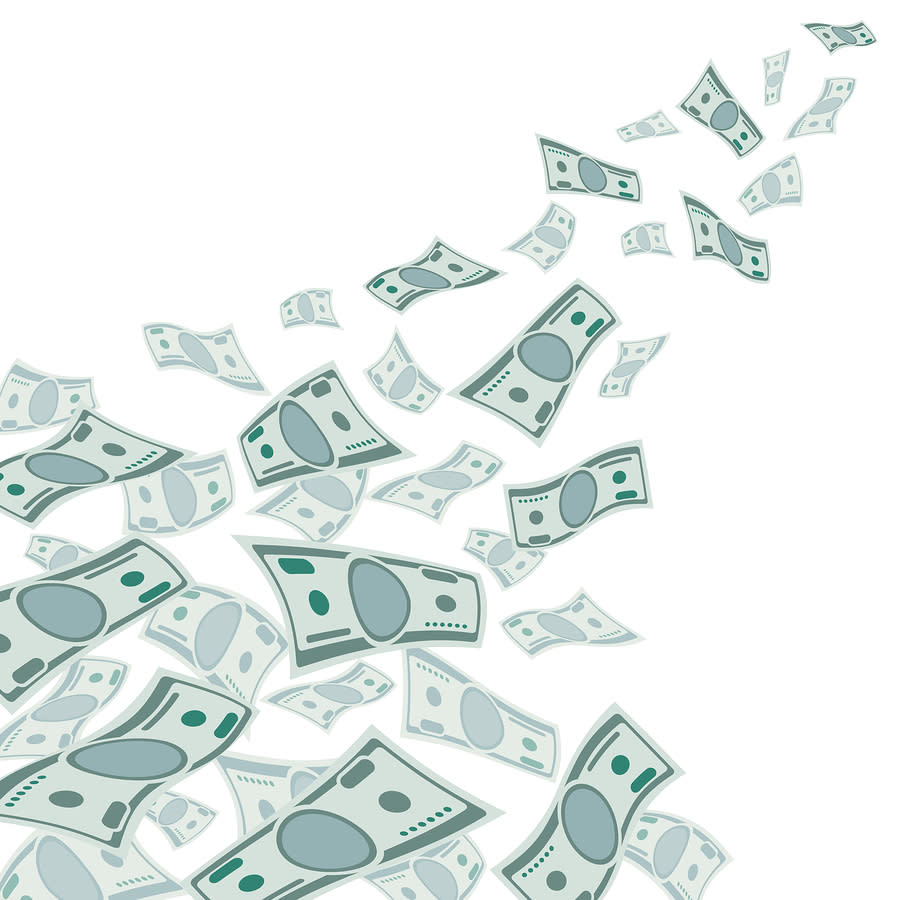3 Top Dividend Stocks to Maximize Your Retirement Income - February 10, 2020

Here's an eye-opening statistic: older Americans are more afraid of running out of money than of death itself.
And retirees have good reason to be worried about making their assets last. People are living longer, so that money has to cover a longer period. Making matters worse, income generated using tried - and - true retirement planning approaches may not cover expenses these days. That means seniors must dip into principal to meet living expenses.
Retirement investing approaches of the past don't work today.
For example, 10-year Treasury bonds in the late 1990s offered a yield of around 6.50%, which translated to an income source you could count on. However, today's yield is much lower - currently under 2% and probably not a viable return option to fund typical retirements.
While this yield reduction may not seem drastic, it adds up: for a $1 million investment in 10-year Treasuries, the rate drop means a difference in yield of more than $1 million.
And lower bond yields aren't the only potential problem seniors are facing. Today's retirees aren't feeling as secure as they once did about Social Security, either. Benefit checks will still be coming for the foreseeable future, but based on current estimates, Social Security funds will run out of money in 2035.
How can you avoid dipping into your principal when the investments you counted on in retirement aren't producing income? You can only cut your expenses so far, and the only other option is to find a different investment vehicle to generate income.
Invest in Dividend Stocks
We feel that these dividend-paying equities - as long as they are from high-quality, low-risk issuers - can give retirement investors a smart option to replace low-yielding Treasury bonds (or other bonds).
For example, AT&T and Coca-Cola are income stocks with attractive dividend yields of 3% or better. Look for stocks like this that have paid steady, increasing dividends for years (or decades), and have not cut their dividends even during recessions.
One approach to recognizing appropriate stocks is to look for companies with an average dividend yield of 3% and positive average annual dividend growth. Numerous stocks hike dividends over time, counterbalancing inflation risks.
Here are three dividend-paying stocks retirees should consider for their nest egg portfolio.
Carnival (CCL) is currently shelling out a dividend of $0.5 per share, with a dividend yield of 4.74%. This compares to the Leisure and Recreation Services industry's yield of 0% and the S&P 500's yield of 1.78%. In terms of dividend growth, the company's current annualized dividend of $2 is flat compared to last year.
CyrusOne (CONE) is paying out a dividend of 0.5 per share at the moment, with a dividend yield of 3.23% compared to the REIT and Equity Trust - Other industry's yield of 4.06% and the S&P 500's yield. Taking a look at the company's dividend growth, its current annualized dividend of $2 is up 8.7% from last year.
Currently paying a dividend of 0.38 per share, Eaton Vance (EV) has a dividend yield of 3.08%. This is compared to the Financial - Investment Management industry's yield of 2.28% and the S&P 500's current yield. Looking at dividend growth, the company's current annualized dividend of $1.5 is up 7.14% from last year.
But aren't stocks generally more risky than bonds?
Yes, that's true. As a broad category, bonds carry less risk than stocks. However, the stocks we are talking about - dividend -paying stocks from high-quality companies - can generate income over time and also mitigate the overall volatility of your portfolio compared to the stock market as a whole.
Combating the impact of inflation is one advantage of owning these dividend-paying stocks. Here's why: many of these stable, high-quality companies increase their dividends over time, which translates to rising dividend income that offsets the effects of inflation.
Thinking about dividend-focused mutual funds or ETFs? Watch out for fees.
If you're thinking, "I want to invest in a dividend-focused ETF or mutual fund," make sure to do your homework. It's important to know that some mutual funds and specialized ETFs charge high fees, which may diminish your dividend gains or income and thwart the overall objective of this investment strategy. If you do want to invest in fund, research well to identify the best-quality dividend funds with the least charges.
Bottom Line
Regardless of whether you select high-quality, low-fee funds or stocks, looking for a steady stream of income from dividend-paying equities can potentially lead you to a solid and more peaceful retirement.
Generating income is just one aspect of planning for a comfortable retirement.
To learn more ways to maximize your assets - and avoid pitfalls that could jeopardize your financial security - download our free report:
Will You Retire a Multi-Millionaire? 7 Things You Can Do Now
This helpful guide offers our viewpoints about strategic retirement investment planning, based on decades of experience helping our clients prepare for financial security during their golden years. Get Your FREE Guide Now
Carnival Corporation (CCL) : Free Stock Analysis Report
Eaton Vance Corporation (EV) : Free Stock Analysis Report
CyrusOne Inc (CONE) : Free Stock Analysis Report
To read this article on Zacks.com click here.
Zacks Investment Research
